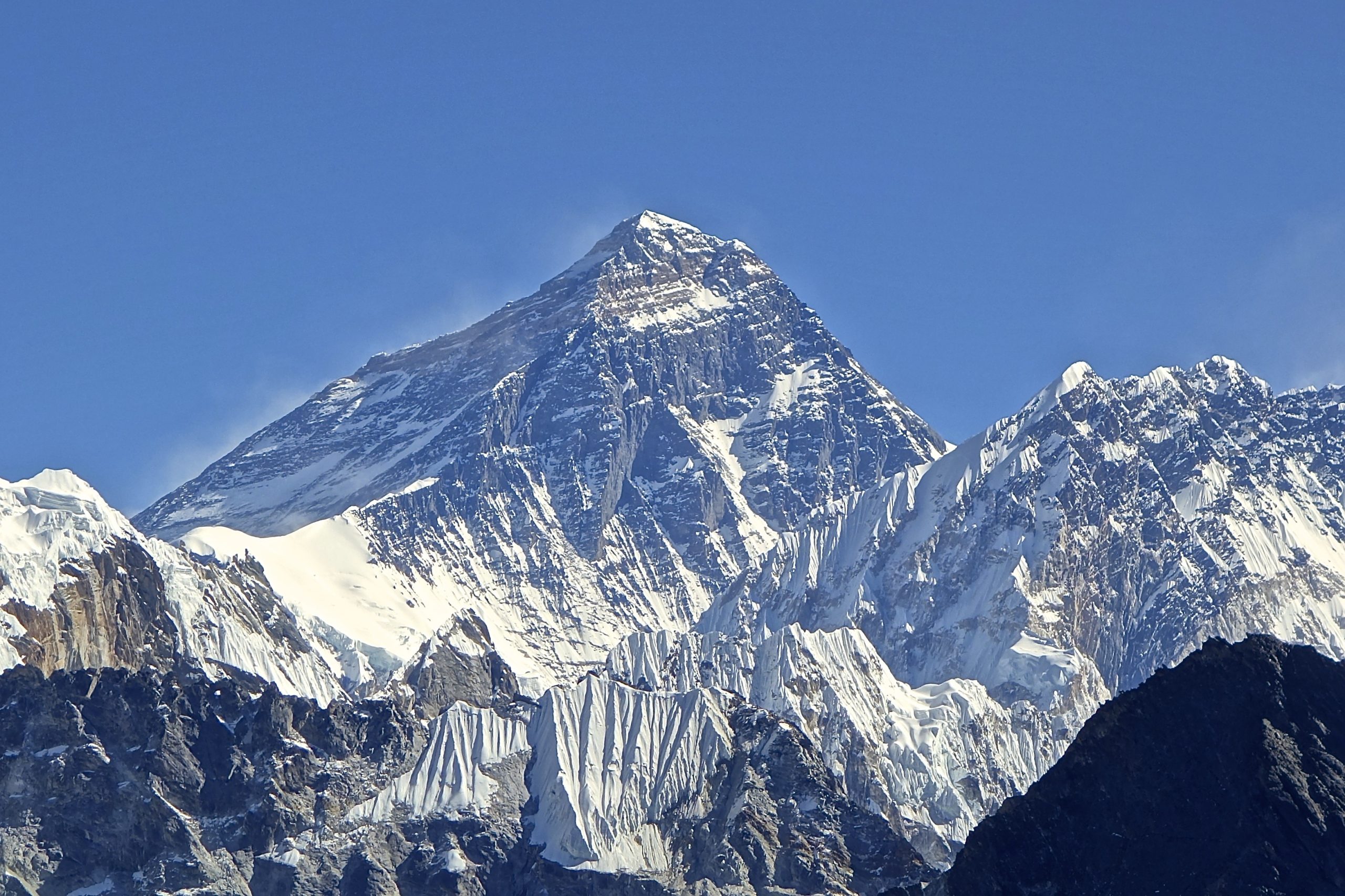When asked about the tallest mountain in the world, most people would immediately point to Mount Everest, which stands at 29,032 feet (8,849 meters) above sea level. This measurement is the most commonly recognized standard for determining the height of mountains. However, accurately discussing mountain heights involves more complexities than simply citing the tallest peak above sea level. To fully understand these towering giants, it’s essential to explore various measurement criteria and the differences between the tallest and the largest mountains on Earth.
Tallest Mountains Above Sea Level
Mount Everest: Known globally as the tallest mountain, Mount Everest’s summit reaches 29,032 feet (8,849 meters) above sea level. Located on the border between China and Nepal, this iconic peak is part of the Himalayas and attracts climbers from around the world. However, its popularity has led to overcrowding and environmental concerns.
K2: The second tallest mountain, K2 rises 28,251 feet (8,611 meters) above sea level. Found in the Karakoram range in Asia, K2 is renowned for its challenging and perilous climbing conditions, making it a formidable challenge compared to Everest.
Kangchenjunga: Standing at 28,169 feet (8,586 meters), Kangchenjunga is the third-highest mountain above sea level. This majestic peak straddles the border between Nepal and India and is part of the Himalayan range.
Lhotse: With an elevation of 27,940 feet (8,516 meters) above sea level, Lhotse is the fourth-highest mountain. It is closely related to Everest, sharing much of its route with climbers aiming to conquer Everest.
Makalu: Rising 27,838 feet (8,485 meters) above sea level, Makalu is the fifth-highest mountain and is also part of the Himalayas, located on the border between Nepal and China.
Mountains Measured by Different Criteria
Mauna Kea: When measured from its base on the ocean floor, Mauna Kea in Hawaii stands at an impressive 33,474 feet (10,203 meters). This dormant volcano is considered the tallest mountain when accounting for its entire elevation from base to peak.
Denali: On land, Denali (formerly Mount McKinley) is the tallest mountain in the world, with a rise of 18,000 feet (5,500 meters) from its base to the summit. It also holds the title for the tallest peak in North America, reaching 20,310 feet (6,190 meters) above sea level.
Chimborazo: Due to the Earth’s equatorial bulge, the Chimborazo in Ecuador is the farthest point from the Earth’s center, even though it is not the highest above sea level. Its peak reaches 20,564 feet (6,268 meters), but because the Earth is not a perfect sphere, this position makes it the highest point relative to the Earth’s core.
Largest Mountain by Volume
The title of the largest mountain by volume goes to Mauna Loa, another Hawaiian volcano. Despite its elevation of 13,678 feet (4,169 meters) above sea level, Mauna Loa’s massive volume of approximately 10,000 cubic miles (42 cubic kilometers) makes it the largest mountain on Earth in terms of sheer size. Its enormous size dwarfs even the tallest peaks when considering the overall volume.
While Mount Everest remains the highest mountain above sea level, the definition of the tallest or largest mountain can vary based on measurement criteria. Whether considering height, volume, or distance from the Earth’s center, each method reveals different champions of the natural world.






